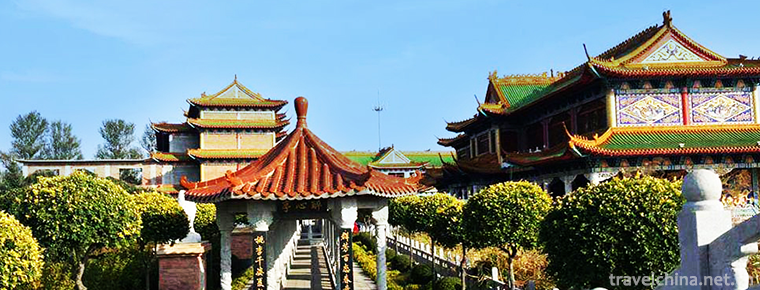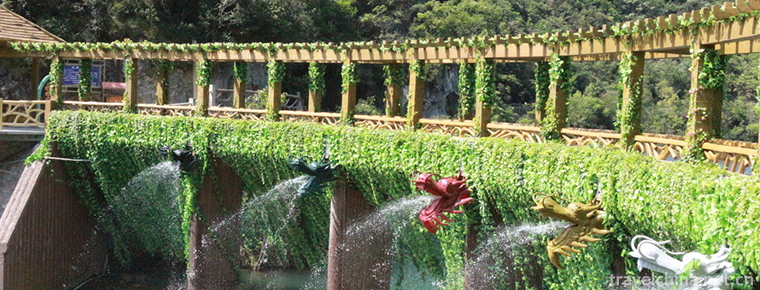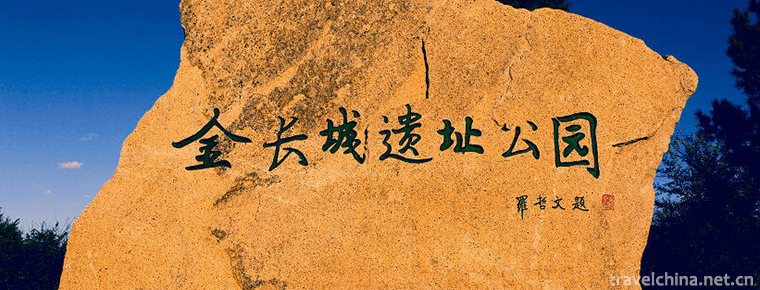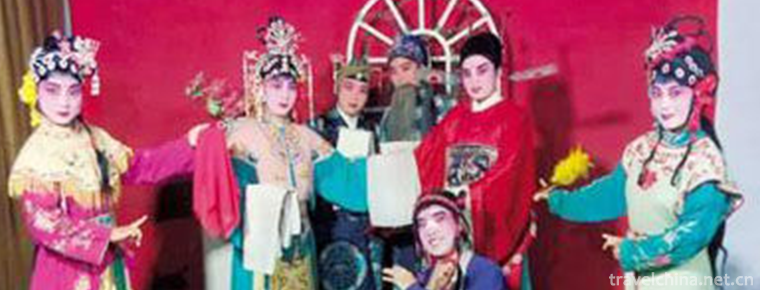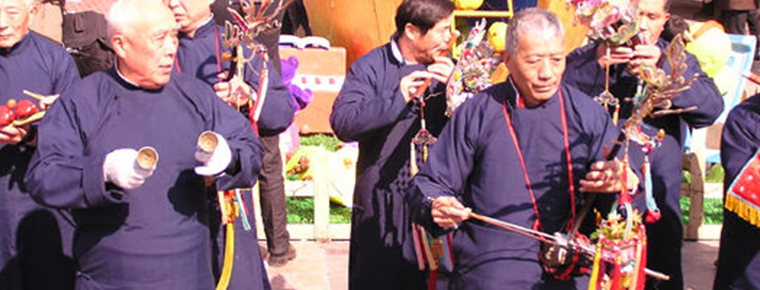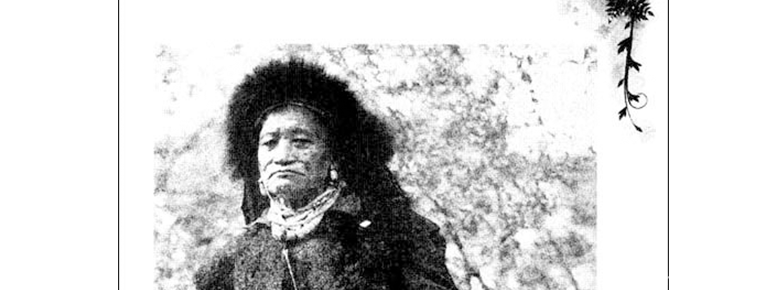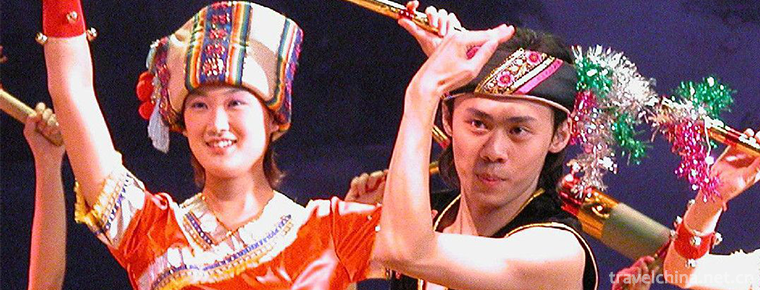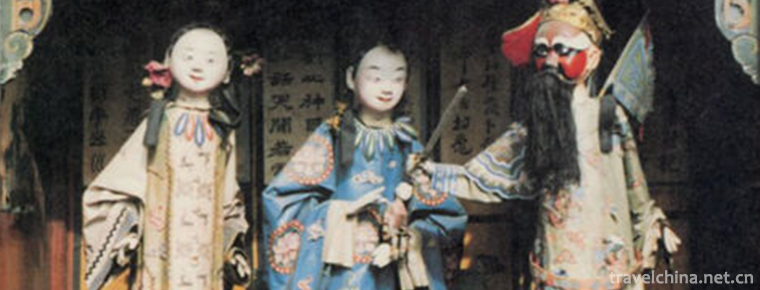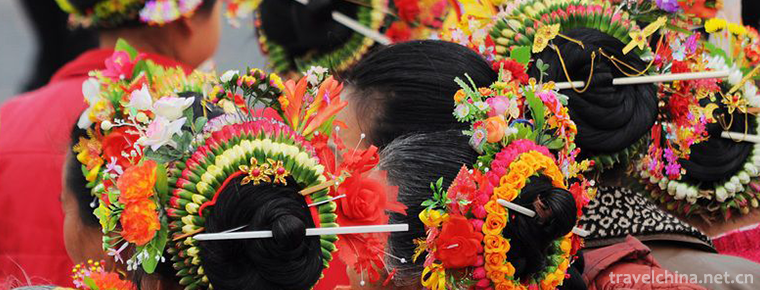Tianjin Ancient Culture Street Tourist Area Jinmen Hometown
Tianjin Ancient Culture Street is located outside the east gate of the northeast corner of Nankai District of Tianjin City and on the West Bank of Haihe River. It is a commercial pedestrian street and a national AAAAA tourist attraction. As one of the ten scenic spots in Jinmen, Tianjin Ancient Culture Street has always adhered to the management characteristics of "Chinese, Tianjin, cultural and ancient" and mainly managed cultural goods.
There are nearly 100 shops in the ancient culture street. It is the center of Tianjin's old-fashioned shops and folk handicraft shops. There are authentic delicacies: Goubuli steamed buns, ear-eye fried cakes, pancakes and fruits, Laozhai medicine sugar, Zhangjiashuipu, Tianjin twist and so on. Tourist attractions include the Imperial Palace, Himalaya, Qing Dynasty postal coins, clay figurines, etc.
Ancient Culture Street is located outside the east gate of the northeast corner of Nankai District, Tianjin, on the West Bank of Haihe River, from the north to the old Tieqiao Street (Gongbei Street) and from the south to Shuige Street (Gongnan Street). There is a memorial archway in each of the north and South streets. It is 687 meters long and 5 meters wide. It is a commercial pedestrian street.
In ancient times, Tianhou was called the Goddess of escort. Legend has it that she is a Fujian native, whose name is Lin Mingmo. She often sails to sea to rescue the victims, so she is respected as a goddess by later generations. In Yuan Dynasty, the capital needed to transport large quantities of grain to the north every year. First, it arrived in Tianjin by sea, and then it was transported to the capital by river. In order to pray for the safety of navigation, the Yuan government worshipped the goddess of escort as the empress of heaven and built the Tianhou Palace in coastal towns.
Tianhou Palace in Tianjin was built in 1326 A.D. The 23rd day of the lunar calendar is the birthday of Niang Niang. This paper introduces the historical changes in Tianjin, displaying various kinds of folk customs and objects. Emperor Hui was named after Emperor Qianlong of the Qing Dynasty visited the south of the Yangtze River. Traditional performance venues are located in the square in front of Tianhou Palace and in the South and north of the palace. After the completion of the Ancient Culture Street, on the 23rd day of the March of the lunar calendar (the auspicious birthday of "Tianhou"), a grand Royal meeting will be held here to perform dragon lantern dance, lion dance, Shaolin Club, stilts, drums, dry boats, land Yangko, martial arts, Beijing Opera, opera evaluation, Bangzi and so on.
As one of the ten scenic spots in Jinmen, Tianjin Ancient Culture Street has always adhered to the management characteristics of "Chinese, Tianjin, cultural and ancient" and mainly managed cultural goods. There are nearly 100 shops in the ancient culture street.
In 1989, Qiao Xiangge, which mainly manages cloisonne, Su embroidery and interior painting crystals, settled in Ancient Culture Street. Over the past 20 years, Qiao Xiangge has expanded its business scope and sales channels to Germany (Bremen, Berlin, Lubeck), Japan (Osaka) and Malaysia (Basheng, Kuala Lumpur, etc.). With the increasing number of similar stores, Qiao Xiangge always stands on the customer's position and insists on attracting Chinese and foreign customers with new products and high quality.
Nowadays, under the careful management of shopkeepers, the variety of goods in Qiaoxiang Pavilion has increased to more than a dozen categories, such as cloisonne, Su embroidery, interior painting crystal, pearl, jadeite, jadeite hand, craft umbrella, craft sword, Chinese clothing, etc. There are also various kinds of necklaces made of crystal, pearl and tourmaline, which are hand-woven by the shopkeeper with ingenuity. Qiao Xiangge hopes that in the period of deepening internationalization, Chinese products with national characteristics can go abroad and add glory to the country.
There are also many famous brands in Jinmen, such as Kernel, Sugar, Bean Spring, Clay Man Zhang and so on.
Ancient Culture Street is a street composed of small-scale folk shops imitating the Qing Dynasty in China. With Tianhou Palace as the center, the ancient cultural street is located outside the east gate of the northeast corner of Nankai District, Tianjin, on the West Bank of Haihe River, north to northeast corner, in downtown area, from Old Tieqiao Street (Gongbei Street) to Haihe Street in the East and Shuige Street in the South (Gongnan Street). There is a memorial archway in each of the north and South streets. It has written "Jinmen Hometown" and "Gushangyiyuan". The Tianhou Palace, commonly known as "Niangniang Palace", is the main tourist attraction on the ancient cultural street.
On this street, there is an ancient temple which has been famous for hundreds of years. Its original name is "Tianfei Palace" and later it is renamed "Tianhou Palace". Tianjin is east of the Bohai Sea, backed by the capital city, and has been a hub of land and water transportation for boats and wagons since ancient times. Tianhou Palace is a temple for offering sacrifices to the goddess of the sea and the queen of heaven under the circumstances of the great development of waterway transportation.
It was completed and opened on New Year's Day in 1986. Since ancient times, this area is Tianjin's largest bazaar trade and annual goods market. Every spring, Tianjin's grand Royal meeting, the auspicious birthday of the mother, is held here, where stilts, dragon lanterns, dry boats, lion dances are performed. In the newly built Ancient Culture Street, apart from the archways at both ends and the theatre buildings in front of the palace, nearly 100 houses are small-scale ancient buildings imitating the Qing Dynasty.
Walking along the Ancient Culture Street, when you enter and exit the shops, you will see a lot of shop doors under the eaves, between the Fang there is a very Jiangnan gardening art style of Su paintings. The composition is vivid, classical and lifelike, which makes the ancient cultural street gorgeous and charming.
In the decoration of the facade building, besides the painted stories and paintings, the brick and wood carving decoration is another distinctive feature. It has a wide range of contents, most of which have strong folk flavor and auspicious and festive implications.
Shi Baozhai's woodcarving is based on several ups and downs and plot changes in Qingming Shanghe Tu. In the north, there are many boats moored along the Bank of the Bian River. In the middle of the river, seven or eight people on a big boat are swaying desperately. Shipmen's struggle to enter shows the busy and tense situation of water transportation on large rivers with heavy loads. In the middle picture, the Hongqiao outside Dongshuimen on the Bian River is in the middle. Under the bridge, a boat full of boats is about to pass. All boatmen are working hard. Vehicles, livestock, pedestrians and boat watchers on the bridge run shoulder to shoulder, forming a torrent of urban life, which is the climax part of the picture of Qingming Shanghe Tu.
Ancient Culture Street has a strong artistic flavor in terms of building style, shop decoration and plaque couplets. Walking along the ancient cultural street is a pleasure to the eyes; while professional shops such as antiques, calligraphy and painting, four treasures of the study, tablets, ancient books, Yangliu Youth Paintings, clay figurines, Tianjin kites gather in this street for your viewing and shopping. As for Chinese and Western musical instruments, artistic ceramics and decoration pieces, there are also special stores. It's a pleasant thing to buy one or two pieces. Perhaps you can get edification and enlightenment and get some nutrition if you hang around for a while.













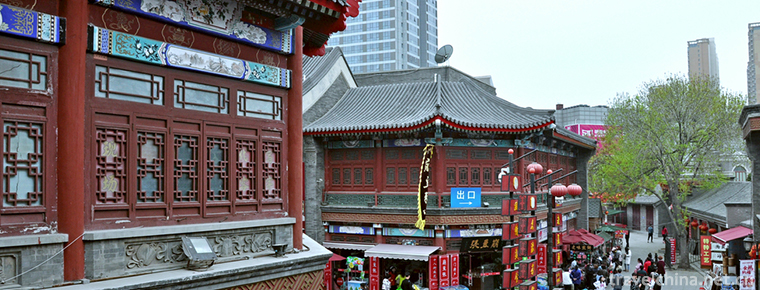
-
Sannong Expo Park
Shenyang Sannong Expo Park is located in the south of Daliutun Town, Xinmin City, Liaoning Province. It is 15 kilometers away from Xinmin City and 75 kilometers away from Shenyang City. It was built i.
Views: 119 Time 2018-12-18 -
Wulong River Scenic Spot
Wulong River Tourism Scenic Area will soon be promulgated as a national scenic spot and a national natural forest reserve. The main river in the scenic spot is Wulong River.
Views: 150 Time 2018-12-22 -
Golden Great Wall Site Park
The Great Wall Site Park is located at the junction of Heimeng and Heilongjiang Province in Nianzishan District, Qiqihar City, Heilongjiang Province. The end of S302 Provincial Highway is the Great Wa.
Views: 198 Time 2019-01-29 -
Traditional drama
Chinese drama mainly includes opera and drama, and opera is the traditional Chinese drama. After a long period of development and evolution, Baihua Garden of Chinese opera has gradually .
Views: 147 Time 2019-04-21 -
Haha Opera
Haha Opera, also known as Liuzi Opera and Drinking Opera, is a local opera originated from the folk in Hebei Province. It is the first national intangible cultural heritage.
Views: 210 Time 2019-05-02 -
Jiangnan bamboo
Chinese traditional instrumental music, silk and bamboo, is popular in southern Jiangsu and Zhejiang. After the Revolution of 1911, great progress was made in Shanghai.
Views: 113 Time 2019-05-05 -
Legend of the Ancestors of the Loba Nationality
The legend of the ancestors of the Loba nationality is an organic part of the life of the Loba people, a mirror of the Loba society and a way of existence of the folk life of the Loba people..
Views: 102 Time 2019-05-15 -
Mi Luo Tuo
Milotta is a myth and ancient song spread in the Yao nationality inhabited areas of Du'an and Bama in Guangxi. It integrates myth, creation and hero. It describes the heroic achievements of the goddes.
Views: 147 Time 2019-06-04 -
Pingyao Shage Player
Pingyao Shage Opera, commonly known as Shage Renren, also referred to as Shage, is one of the traditional handicraft techniques in Pingyao, Shanxi Province. Because it was usually placed in the cabine.
Views: 230 Time 2019-06-09 -
The Custom of Hupu Women
Hupu women's custom is a traditional folk custom in Quanzhou City, Fujian Province. Hupu women are mainly distributed in the communities of Hupu, Jinzai, Houpu and Dongmei in Donghai Street, Fengze Di.
Views: 196 Time 2019-07-09 -
Double Ninth Festival chong yang jie
The Double Ninth Festival refers to the ninth day of September in the lunar calendar every year. It is a traditional Chinese folk festival. In the Book of Changes, "Nine" is defined as the n.
Views: 188 Time 2019-08-10 -
Geographical environment of Suining
Suining City is located in the middle of Sichuan Basin and the middle reaches of Fujiang River. It is between 105 ° 03 ′ 26 ″ - 106 ° 59 ′ 49 ″ E and 30 ° 10 ′ 50 ″ - 31 ° 10 ′ 50 ″ n..
Views: 163 Time 2020-12-16
